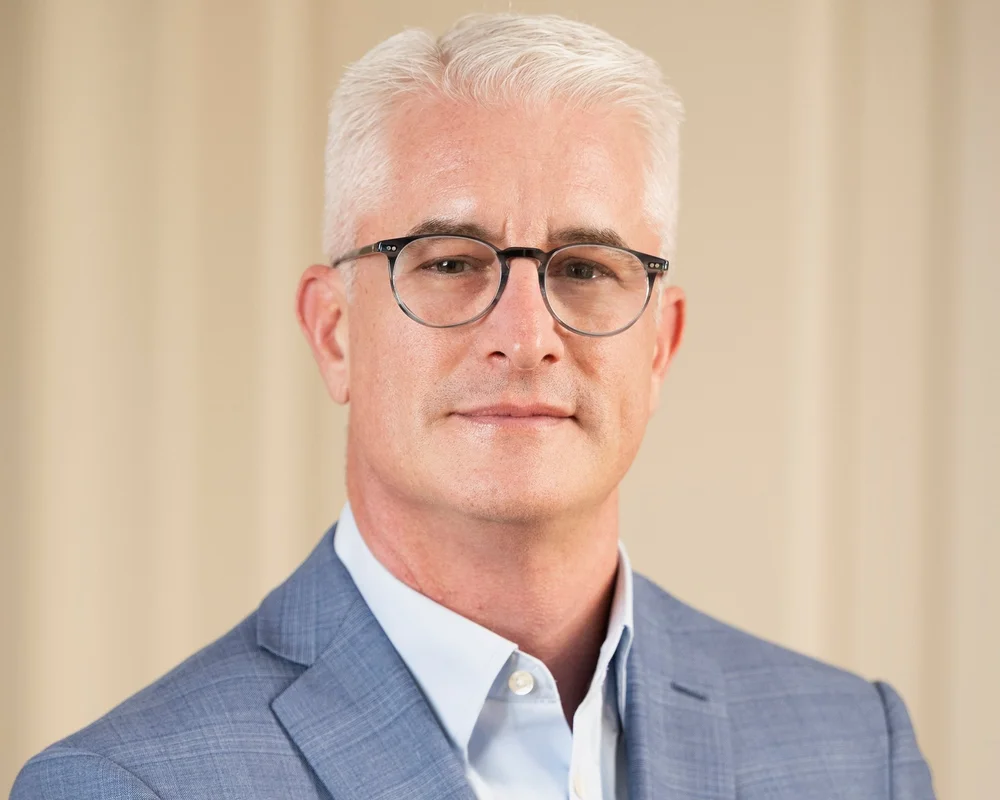For the past year, the mantra of the large wireless carriers has been of a looming spectrum crisis. It was the biggest reason AT&T put forward to push through its bid for T-Mobile USA, and it helped LightSquared make its case that making its spectrum available would help add competition to the market. Both efforts went down in flames, and now Verizon is also dancing a bit to convince regulators to let it buy a pile of AWS spectrum from the cable companies by offering to sell other spectrum – this time in the 700Mhz A/B bands.
But some voices have been growing louder suggesting that it is a manufactured crisis built to maintain their existing grip on the sector, such as that of cell phone inventor Martin Cooper in the New York Times article yesterday and Level 3’s James Crowe’s piece in Forbes a week or two ago. Cooper makes the case that in the past technology advancement has handled this, and still could if the carriers would stop looking for the easy handout. And Crowe suggests that all we need is to bring competition to the backhaul space and offload more traffic at more nodes.
One thing I think gets lost in the discussion is that you simply can’t match exponential traffic growth by freeing up spectrum bands for very long — it’s basic mathematics. Suppose they tripled the amount of usable spectrum available to wireless networks, how many years of triple digit mobile traffic growth would that buy us on its own? Hint: if you can count to two, you are overqualified to answer this question. The idea that finding a few more bands of spectrum will make all this goes away only works if you stop projecting beyond a few years. It’s a band-aid and nothing more. Sooner or later, you have to find another way forward.
The other thing here that the media can’t seem to fully grasp is that there is no dividing line between wireless and wired, not really. All wireless networks have both components in them, and the balance between how much of each you use where is an economic one for most of the actual mobile data traffic. If spectrum starts to run out, then the supply/demand says that data sent through the air will get more expensive. That means fiber will be more economical, so more will be put in the ground to more wireless nodes. More offload opportunities will make economic sense, and they will proliferate and the data will still get through.
FTTH and a femtocell in every urban and suburban home would put a very quick end to the spectrum crisis. Want an unlimited data plan to go with your family’s collection of smartphones and tablets? Buy a femtocell for your home from your favorite wireless carrier tied to your post-paid data plan, which is then even more sticky than before. Are the economics that would support such a thing really that far off?
If you haven't already, please take our Reader Survey! Just 3 questions to help us better understand who is reading Telecom Ramblings so we can serve you better!
Categories: Government Regulations · Internet Traffic · Wireless






You are overlooking the gains to be made with spectral efficiency. The Shannon limit is nearby but there are still gains to be made.
Smaller cells are the obvious answer.
While open spectrum is a good idea for some areas (rural) by forcing companies to play in a tighter spectrum sandbox you force investment in both better spectral efficiency as well as smaller cells.
WiFi is the case used to counter this argument given the big advances there. But I don’t think the same arguments apply to the WAN where more contention for spectrum exists.